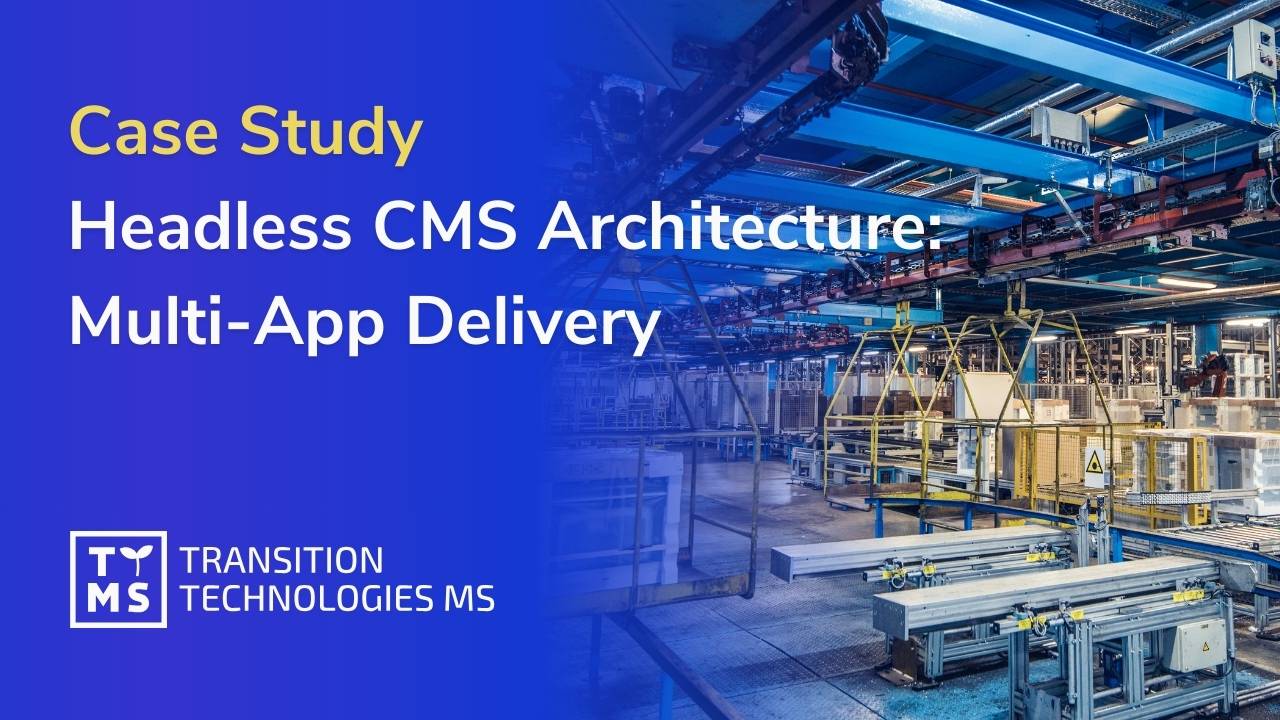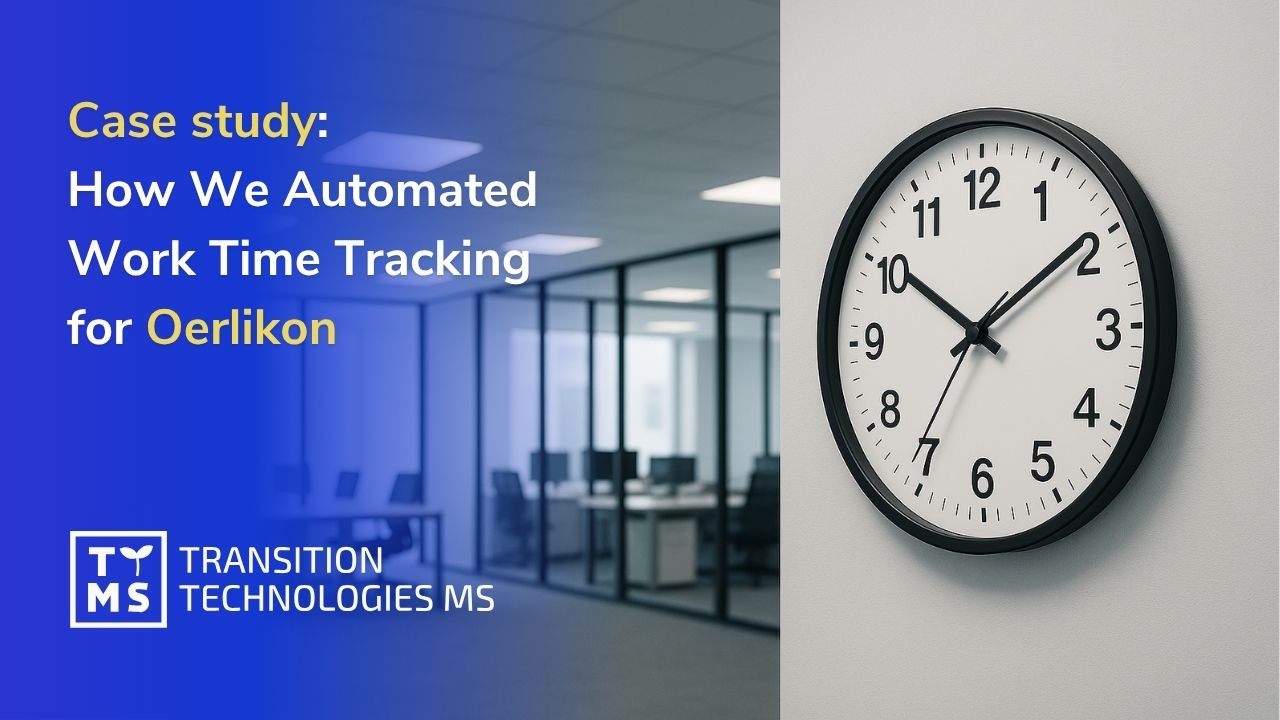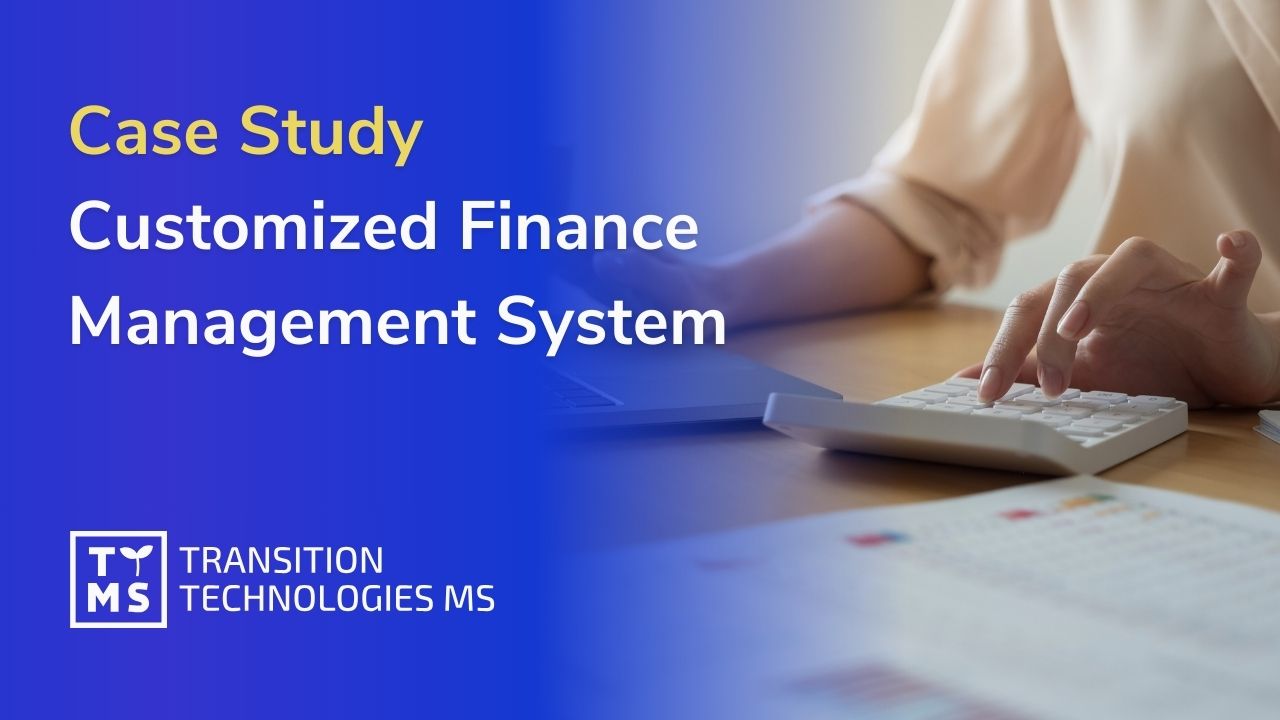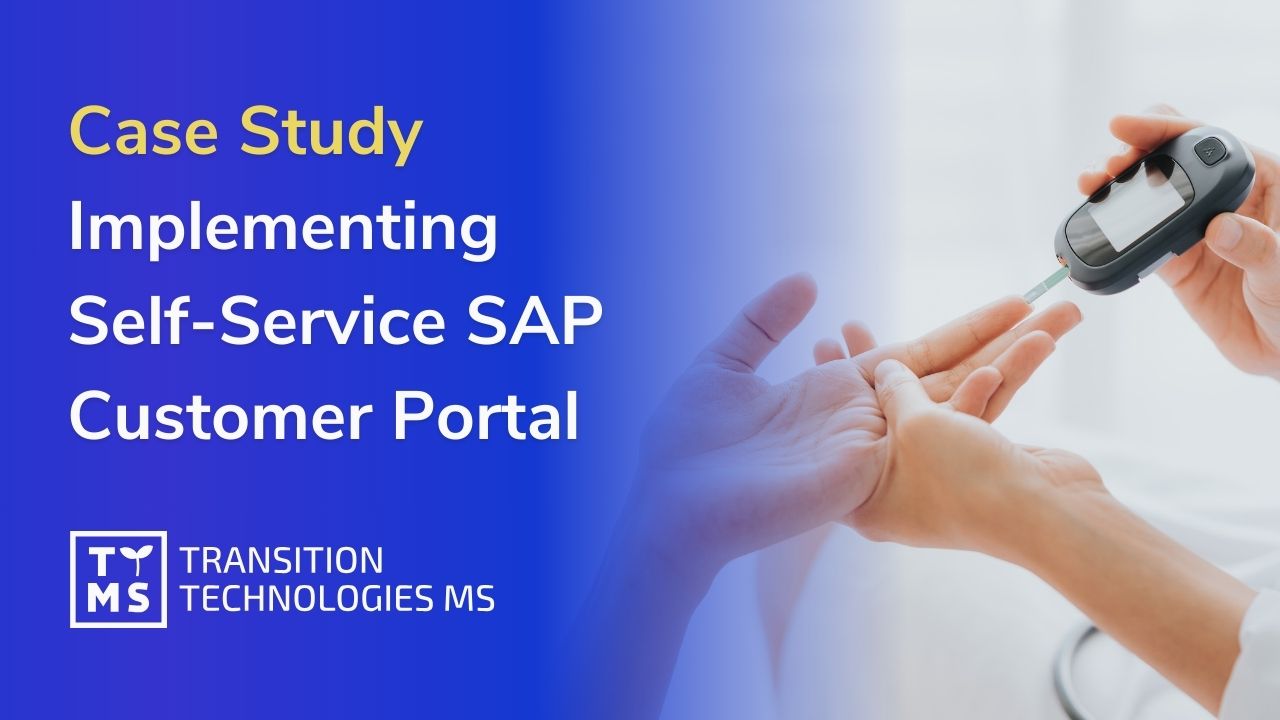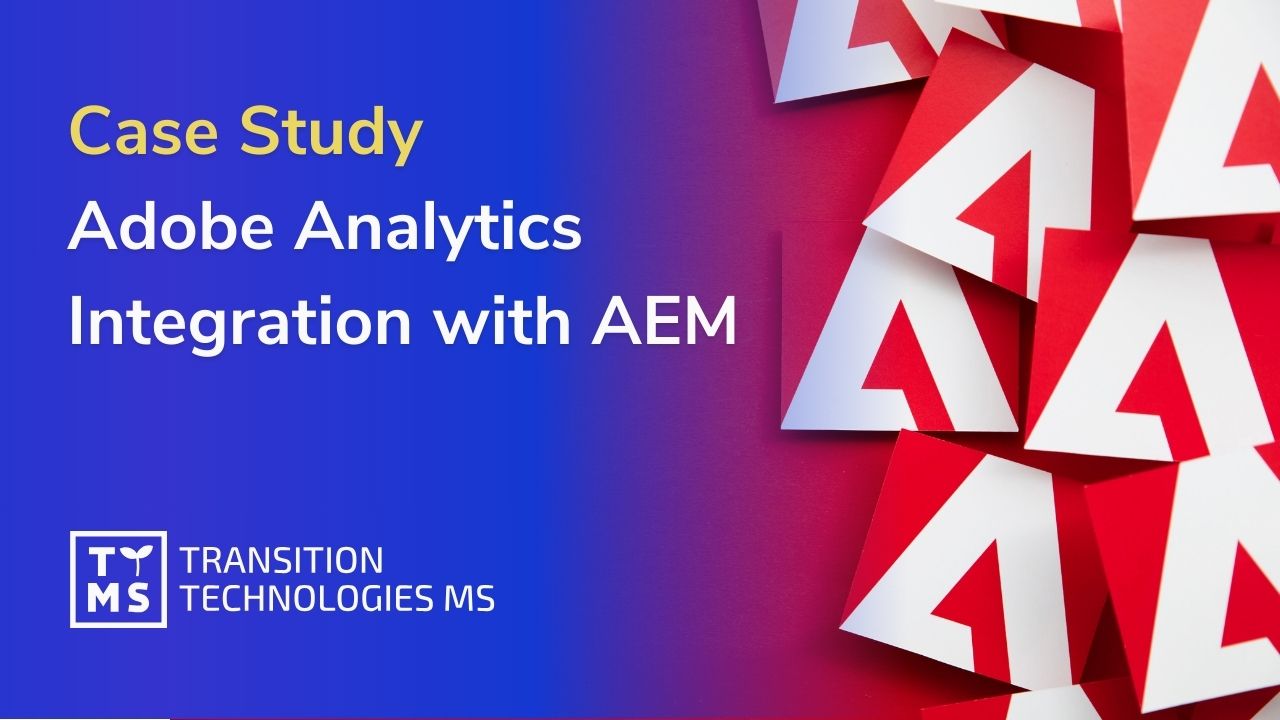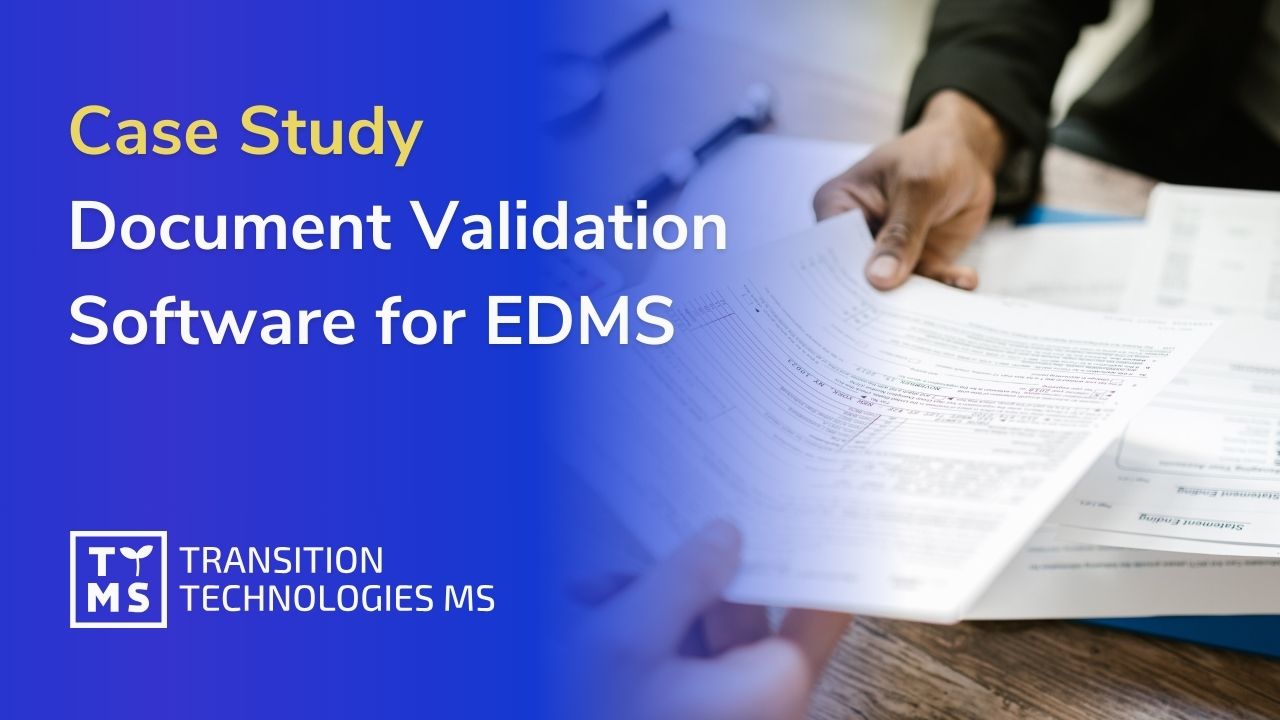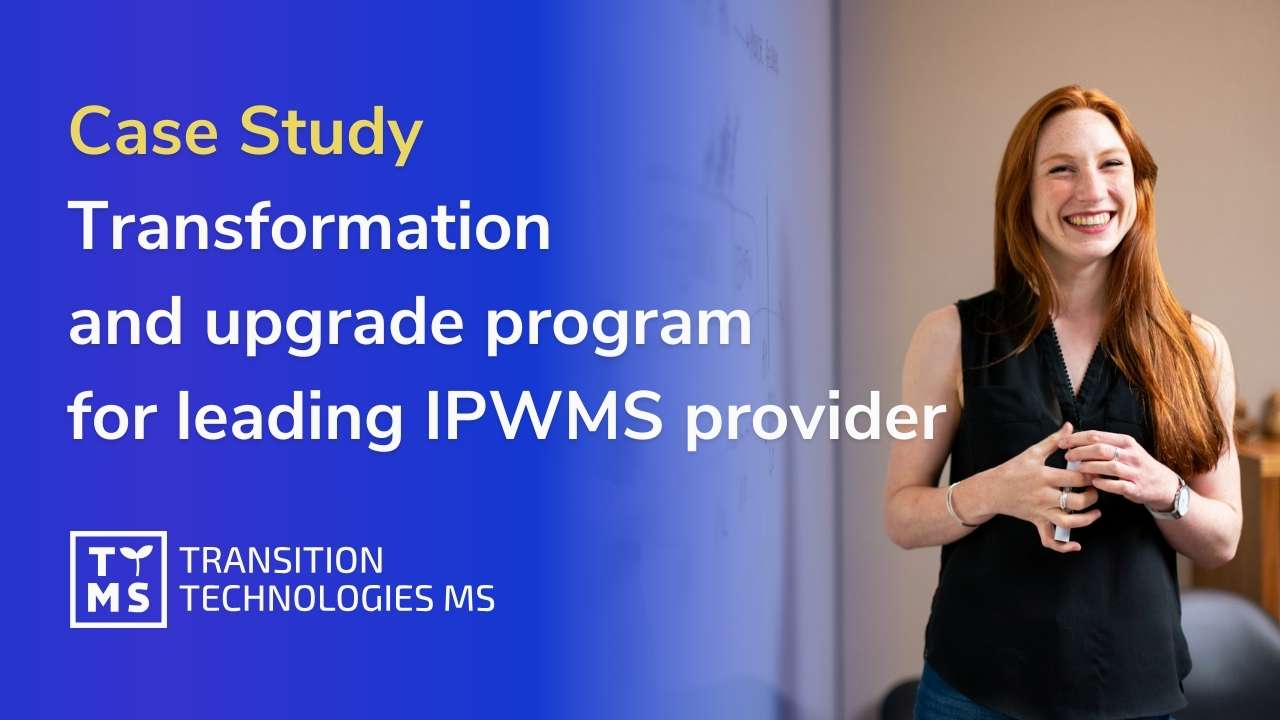
Case study about Migration from Adobe LiveCycle to Adobe Experience Manager Forms for Polish Bank
A leading financial institution in Poland relied on Adobe tools to manage a large portfolio of client-facing digital forms. These forms had been created over the years using Adobe LiveCycle Designer ES2 and ES4. As Adobe began phasing out the LiveCycle platform in favor of Adobe Experience Manager (AEM) Forms and the new AEM Forms Designer, the bank sought to explore the feasibility of migrating its existing forms to the modern toolset.
Challenge: Case Study on Adobe LiveCycle Designer Replacement
In this Adobe LiveCycle Designer Replacement Case Study, the bank faced the critical task of ensuring that its extensive collection of legacy forms could be maintained and further developed using AEM Forms Designer. The key concerns were:
- Whether the new AEM Forms Designer could support forms originally created in LiveCycle Designer
- How to approach the migration efficiently and minimize risk
- How to identify and address any inconsistencies or corruption in the legacy templates
A successful transition would require confidence in backward compatibility and a structured migration process.
Solution: LiveCycle to AEM Forms Migration via Proof of Concept
To address these concerns, a Proof of Concept (PoC) was conducted to evaluate the compatibility of AEM Forms Designer with legacy templates. The effort was carried out by a specialized team composed of:
- 1 AEM Expert
- 2 AEM Quality Assurance Consultants
The team designed and implemented a detailed testing procedure to:
- Import legacy templates into AEM Forms Designer
- Analyze rendering accuracy, data bindings, and overall behavior
- Identify any structural issues or incompatibilities in the templates
Outcome: Case Study Results Confirming AEM as a Replacement for LiveCycle Designer
The PoC yielded the following key results:
- Confirmed Compatibility: AEM Forms Designer was found to be backward compatible with forms created in previous tool, making it a practical replacement for Adobe LiveCycle Designer.
- Identified Issues and Remediation Paths: While compatibility was validated, the testing revealed a number of inconsistencies in form templates, often due to legacy corruption or outdated structures. Clear corrective actions were documented to resolve these issues.
- Established Migration Readiness: The process and outcomes demonstrated the technical feasibility of migrating to AEM Forms and laid the groundwork for a successful transition plan.
Conclusion: Structured Migration to AEM Forms from LiveCycle Designer
The Proof of Concept, described in this Adobe LiveCycle Replacement Case Study, showcased the team’s ability to thoroughly assess backward compatibility and prepare for a large-scale form migration. Through structured testing and expert analysis, the project confirmed that moving from Adobe LiveCycle Designer to AEM Forms Designer was not only possible, but also well within reach. The readiness demonstrated during the PoC positioned the team to support a smooth and risk-managed migration to Adobe’s modern digital forms platform.
Check other case studies
Ready to take your business to the next level?
Let’s talk about how TTMS can help.

Monika Radomska
Sales Manager






